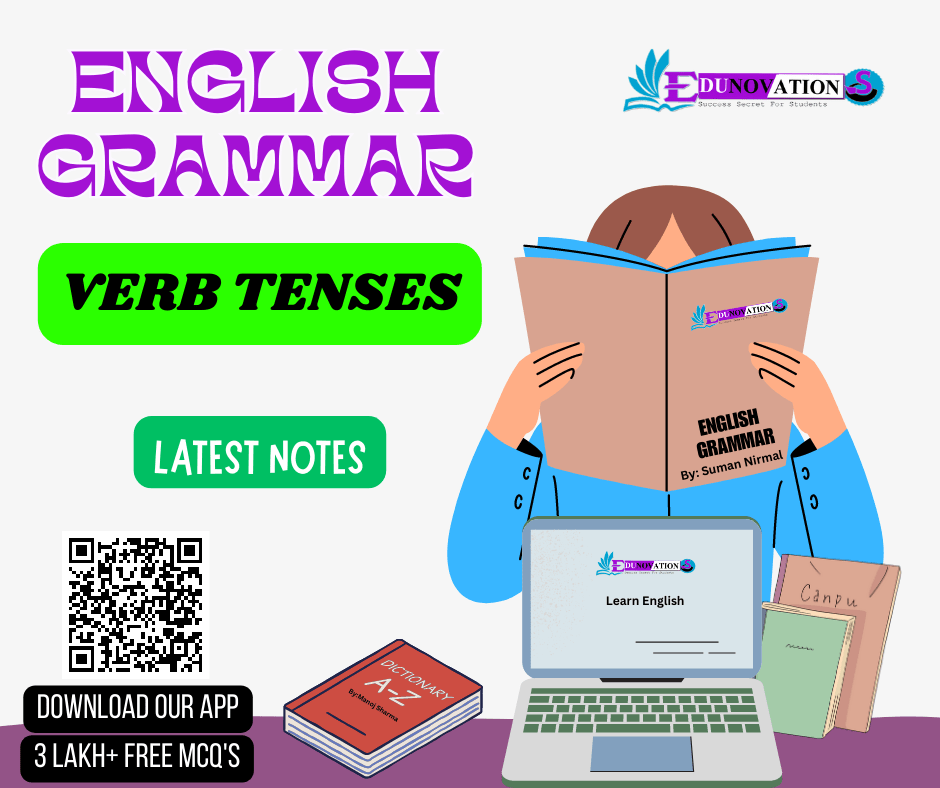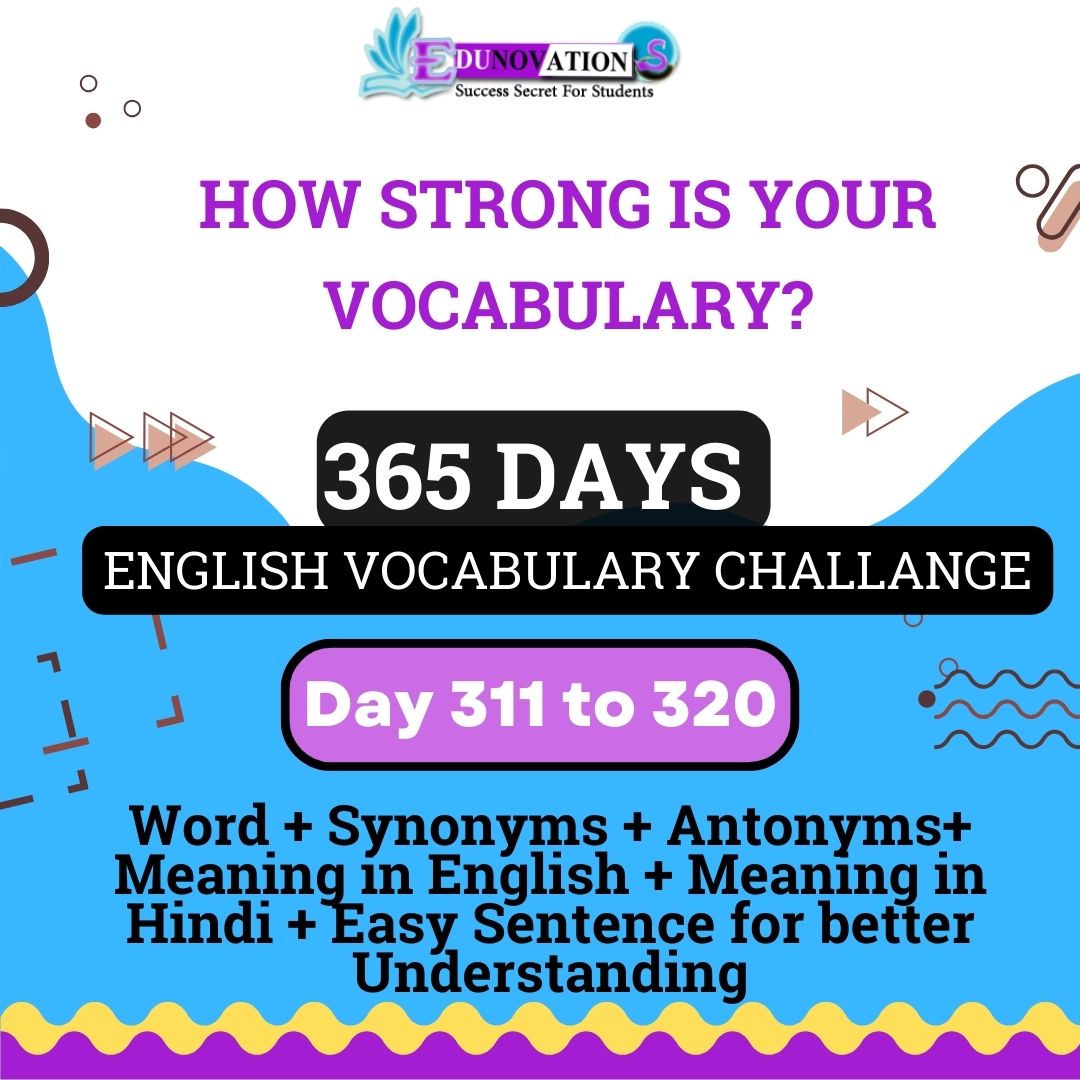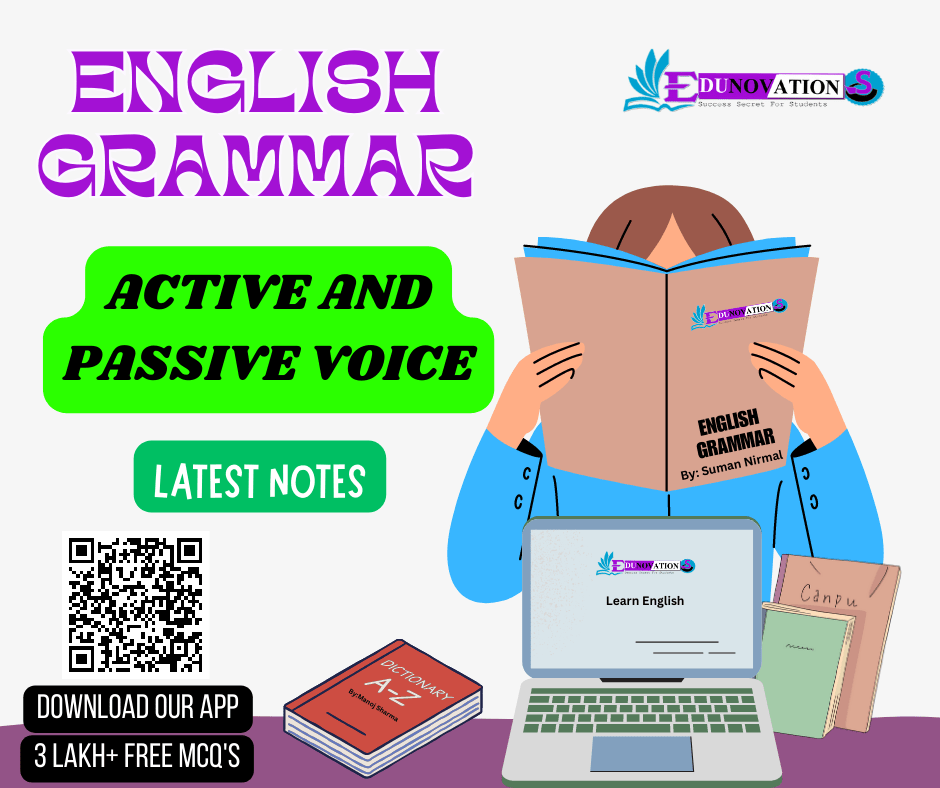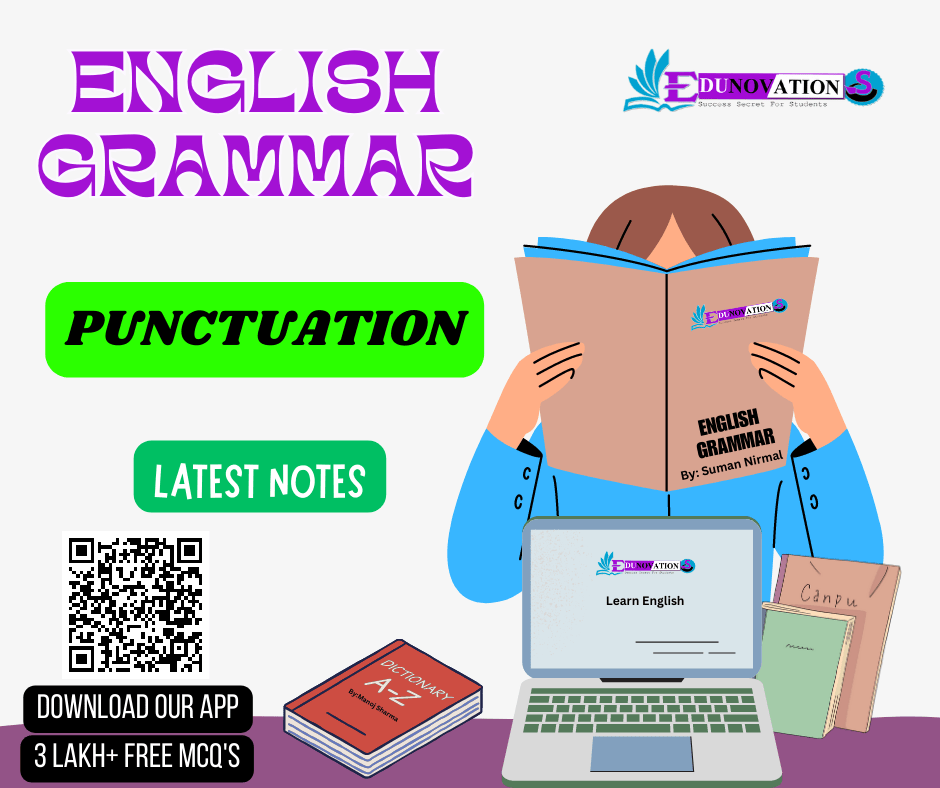English Grammar Verb Tenses

English Grammar: Verb Tenses
English Grammar: Verb Tenses
Verb tenses refer to the different forms a verb can take to indicate the time of an action, event, or state of being in relation to the present, past, or future. They help to establish the temporal context of a sentence and convey when an action occurred or will occur.
In English, there are three primary verb tenses:
Present tense
Present tense: The present tense is used to describe actions, events, or states of being that are happening now or are generally true. It indicates actions that are ongoing, habitual, or permanent. For example:
- Ongoing action: “I am eating dinner right now.”Habitual action: “She exercises every morning.”General truth: “Water boils at 100 degrees Celsius.”
Past tense
Past tense: The past tense is used to describe actions, events, or states of being that have already occurred in the past. It indicates actions that are completed or no longer happening. For example:
- Completed action: “They visited Paris last summer.”Duration of a past action: “He lived in London for five years.”Sequential events: “She woke up, brushed her teeth, and had breakfast.”
Future tense
Future tense: The future tense is used to describe actions, events, or states of being that will happen in the future, after the present. It indicates actions that are yet to occur. For example:
- Planned action: “I will meet you at the restaurant at 7 PM.”
- Intention or prediction: “She is going to become a doctor.”
- Future possibility: “They might go to the beach if the weather is nice.”
It’s important to note that while these are the three primary verb tenses, English also has additional tenses that combine auxiliary verbs (e.g., “have,” “had,” “will,” “would”) with the past participle or base form of the verb to express more nuanced time relationships, such as the present perfect (“I have seen that movie”) or the past continuous (“He was studying all night”).
Mastering verb tenses is essential for accurate communication and understanding the temporal aspects of actions and events in English. By using the appropriate verb tense, you can convey precise information about when something happened, is happening, or will happen.
Each of these basic tenses can be further modified or combined with other verb forms to create additional verb tenses, such as the present perfect tense (“I have seen that movie”) or the future perfect tense (“She will have finished her project by tomorrow”).
Understanding verb tenses is crucial for effective communication and expressing accurate temporal relationships in writing and speaking. By using the appropriate verb tense, we can provide clear and precise information about the timing of actions or events in relation to the present, past, or future.
Verb tenses are used to indicate when an action or event occurred in time.
Tabular representation of the different verb tenses in English:
| Tense Name | Form | Example Sentence |
| Present | base verb | I walk to the store. |
| Present | third-person singular verb + “s” | She walks to the store. |
| Present Continuous | “to be” verb + present participle | I am walking to the store. |
| Present Perfect | “have/has” + past participle | I have walked to the store. |
| Present Perfect Continuous | “have/has been” + present participle | I have been walking to the store. |
| Past | past tense verb | I walked to the store. |
| Past Continuous | “was/were” + present participle | I was walking to the store. |
| Past Perfect | “had” + past participle | I had walked to the store. |
| Past Perfect Continuous | “had been” + present participle | I had been walking to the store. |
| Future | “will” + base verb | I will walk to the store. |
| Future | “be going to” + base verb | I am going to walk to the store. |
| Future Continuous | “will be” + present participle | I will be walking to the store. |
| Future Perfect | “will have” + past participle | I will have walked to the store. |
| Future Perfect Continuous | “will have been” + present participle | I will have been walking to the store. |
Note: There are some additional variations to these basic forms, such as using “did” for emphasis in the past tense (“I did walk to the store”), or using “would” for the conditional mood (“I would walk to the store if it were closer”).
different verb tenses in the table and provide some examples for each.
Present Simple Tense
Present Simple Tense: This tense is used to describe actions that are habitual, routine, or general facts. It is formed using the base verb (without an -s ending) for all subjects except third-person singular, which adds an -s to the verb.
Examples:
- I walk to school every day.
- She plays tennis on weekends.
- They study English at the library.
Present Continuous Tense
Present Continuous Tense: This tense is used to describe actions that are happening at the moment of speaking or are currently in progress. It is formed by using the “to be” verb with the present participle (-ing).
Examples:
- I am walking to school right now.
- She is playing tennis with her friend.
- They are studying English for an exam.
Present Perfect Tense
Present Perfect Tense: This tense is used to describe actions that started in the past and have a connection to the present. It is formed using “have/has” with the past participle of the verb.
Examples:
- I have walked to school before, but not today.
- She has played tennis for years.
- They have studied English for months.
Present Perfect Continuous Tense
Present Perfect Continuous Tense: This tense is used to describe actions that started in the past and are still ongoing or have recently finished. It is formed using “have/has been” with the present participle (-ing) of the verb.
Examples:
- I have been walking to school since the beginning of the semester.
- She has been playing tennis all afternoon.
- They have been studying English for hours.
Past Simple Tense
Past Simple Tense: This tense is used to describe actions that happened at a specific time in the past. It is formed using the past tense form of the verb.
Examples:
- I walked to school yesterday.
- She played tennis last week.
- They studied English in high school.
Past Continuous Tense
Past Continuous Tense: This tense is used to describe actions that were in progress at a specific time in the past. It is formed using “was/were” with the present participle (-ing) of the verb.
Examples:
- I was walking to school when it started to rain.
- She was playing tennis when she twisted her ankle.
- They were studying English when the power went out.
Past Perfect Tense
Past Perfect Tense: This tense is used to describe actions that were completed before a specific time in the past. It is formed using “had” with the past participle of the verb.
Examples:
- I had walked to school before it started raining.
- She had played tennis before she injured her ankle.
- They had studied English before the test.
Past Perfect Continuous Tense
Past Perfect Continuous Tense: This tense is used to describe actions that started in the past and continued up until a specific time in the past. It is formed using “had been” with the present participle (-ing) of the verb.
Examples:
- I had been walking to school for an hour when it started raining.
- She had been playing tennis for two hours when she injured her ankle.
- They had been studying English for weeks before the test.
Future Simple Tense
Future Simple Tense: This tense is used to describe actions that will happen in the future. It is formed using “will” with the base verb.
Examples:
- I will walk to school tomorrow.
- She will play tennis next weekend.
- They will study English abroad next year.
Future Continuous Tense
Future Continuous Tense: This tense is used to describe actions that will be in progress at a specific time in the future. It is formed using “will be” with the present participle (-ing) of the verb.
Examples:
- I will be walking to school at 8 a.m. tomorrow.
- She will be playing tennis at the club this time next week.
- They will be studying English when you arrive tomorrow.
Future Perfect Tense
Future Perfect Tense: This tense is used to describe actions that will be completed before a specific time in the future. It is formed using “will have” with the past participle of the verb.
Examples:
- I will have walked to school by 9 a.m. tomorrow.
- She will have played tennis for an hour by the time you arrive.
- They will have studied English for a year by the time they graduate.
Future Perfect Continuous Tense
Future Perfect Continuous Tense: This tense is used to describe actions that will have been in progress up until a specific time in the future. It is formed using “will have been” with the present participle (-ing) of the verb.
Examples:
- I will have been walking to school for an hour by the time you wake up.
- She will have been playing tennis for three hours by the end of the day.
- They will have been studying English for months by the time they take the test.
In conclusion, verb tenses are important in English to convey when an action or event happened, how long it lasted, and its connection to the present or future. It’s essential to use the correct tense to ensure clear and accurate communication.
FAQS Related to Verb Tenses
Q: What are verb tenses?
A: Verb tenses are grammatical structures that indicate when an action or event occurred in time. In English, there are 12 primary verb tenses.
Q: Why are verb tenses important?
A: Verb tenses are important in English to convey the time frame of an action or event, how long it lasted, and its connection to the present or future. Using the correct tense is essential to ensure clear and accurate communication.
Q: What are the 12 primary verb tenses in English?
A: The 12 primary verb tenses in English are: present simple, present continuous, present perfect, present perfect continuous, past simple, past continuous, past perfect, past perfect continuous, future simple, future continuous, future perfect, and future perfect continuous.
Q: How do I know which tense to use in a sentence?
A: The tense you should use in a sentence depends on the time frame of the action or event you’re describing. For example, if you’re talking about an action that happened in the past, you would use the past tense.
Q: Can verb tenses change the meaning of a sentence?
A: Yes, verb tenses can change the meaning of a sentence. For example, saying “I will walk to the store” implies that you plan to walk to the store in the future while saying “I am walking to the store” implies that you’re currently walking to the store.
Q: Are there any exceptions or irregularities in verb tenses?
A: Yes, there are some irregularities and exceptions in verb tenses, such as irregular verbs that don’t follow the standard conjugation patterns, or using different forms for emphasis or conditional mood.
Q: How can I improve my understanding and use of verb tenses in English?
A: To improve your understanding and use of verb tenses, it’s helpful to study and practice the different tenses, pay attention to how they’re used in context, and seek feedback or guidance from a language tutor or teacher. Reading and listening to English media can also be helpful for exposure to different verb tenses in use.












